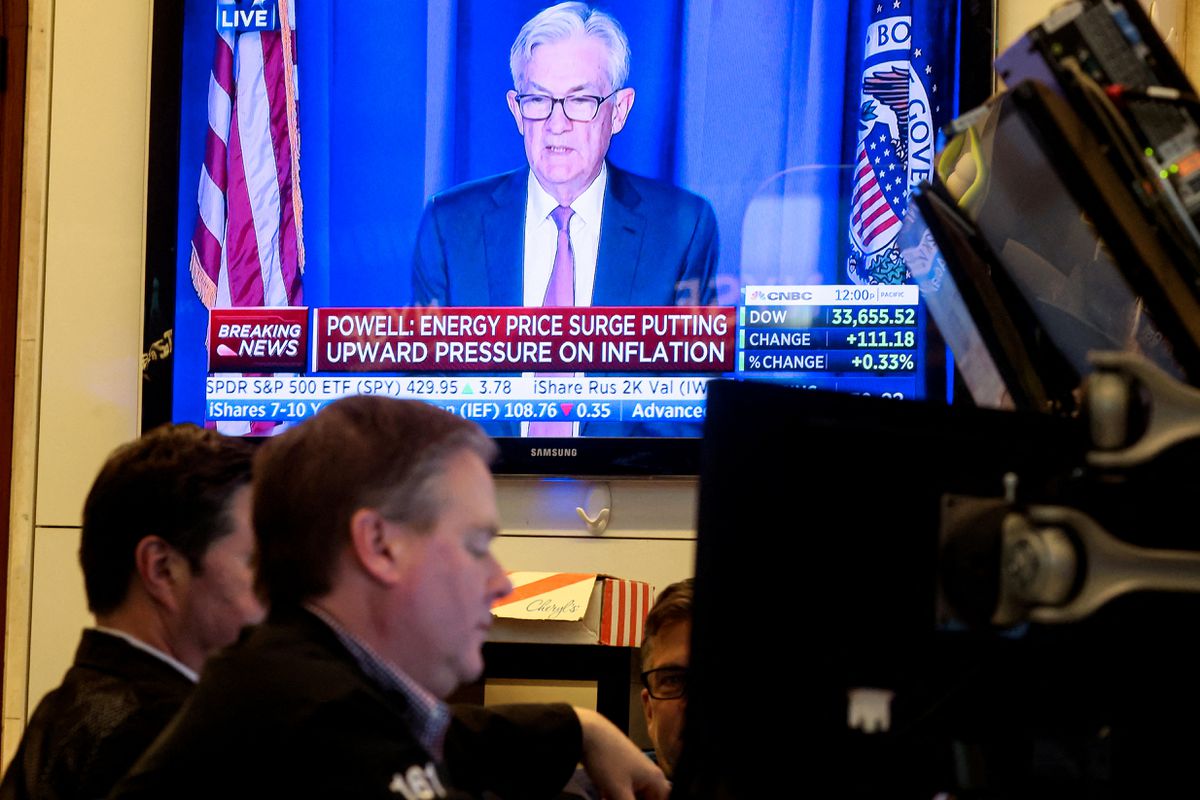
The Federal Reserve raised interest rates for the first time since 2018 on Wednesday, laying out an aggressive plan to push borrowing costs to restrictive levels next year, shifting its focus away from the coronavirus pandemic and toward the economic risks posed by excessive inflation and the Ukraine conflict.
The Federal Open Market Committee of the United States began tightening monetary policy by raising the target federal funds rate by a quarter-percentage point from its current near-zero level, a move that will ripple through a number of other rates charged to consumers and companies.
New Fed estimates, in particular, indicated policymakers ready to kick up their inflation fight, with one policymaker, St. Louis Fed President James Bullard, dissenting in favour of a more aggressive strategy.
By the end of 2022, most policymakers expect the federal funds rate to rise to a range of 1.75 percent to 2 percent, the equivalent of a quarter-percentage-point rate hike at each of the Fed’s six remaining policy meetings this year. They expect it to rise to 2.8 percent next year, which is higher than the 2.4 percent level that officials believe will slow the economy.
Following the conclusion of the latest two-day policy meeting, Fed Chair Jerome Powell stated that the economy is robust enough to weather rate hikes while maintaining solid hiring and wage growth, and that the Fed should now focus on reducing the impact of price increases on American families.
Despite Wednesday’s measures, inflation is expected to remain over the Fed’s 2 percent objective through 2024, and Powell stated that if inflation does not improve, authorities will not hesitate to raise rates more forcefully.

Post Your Comments